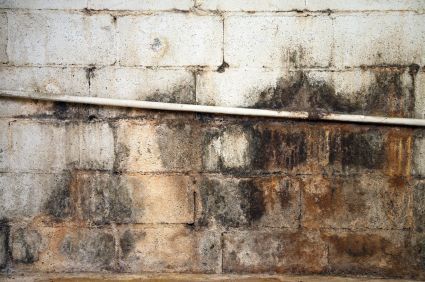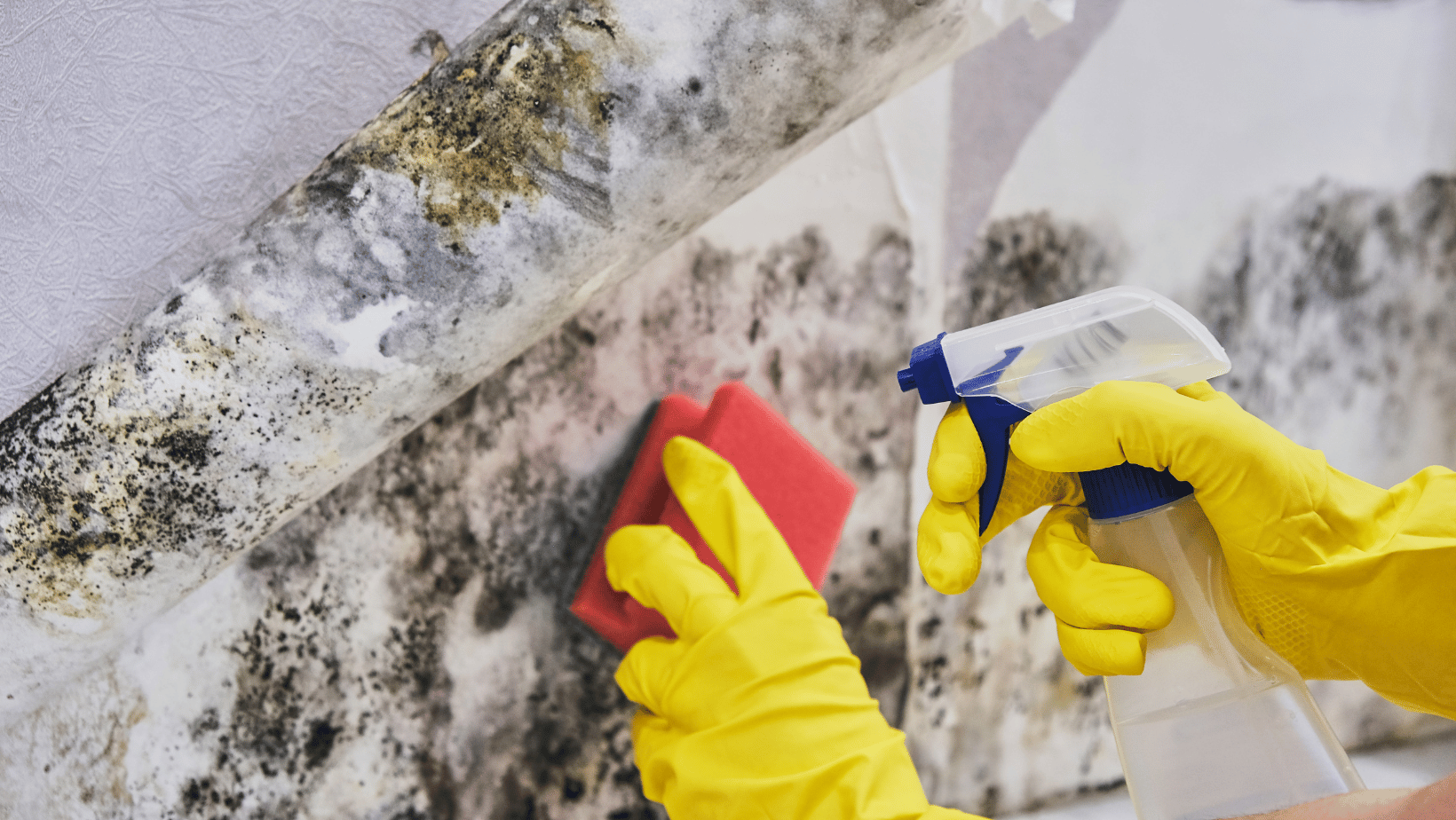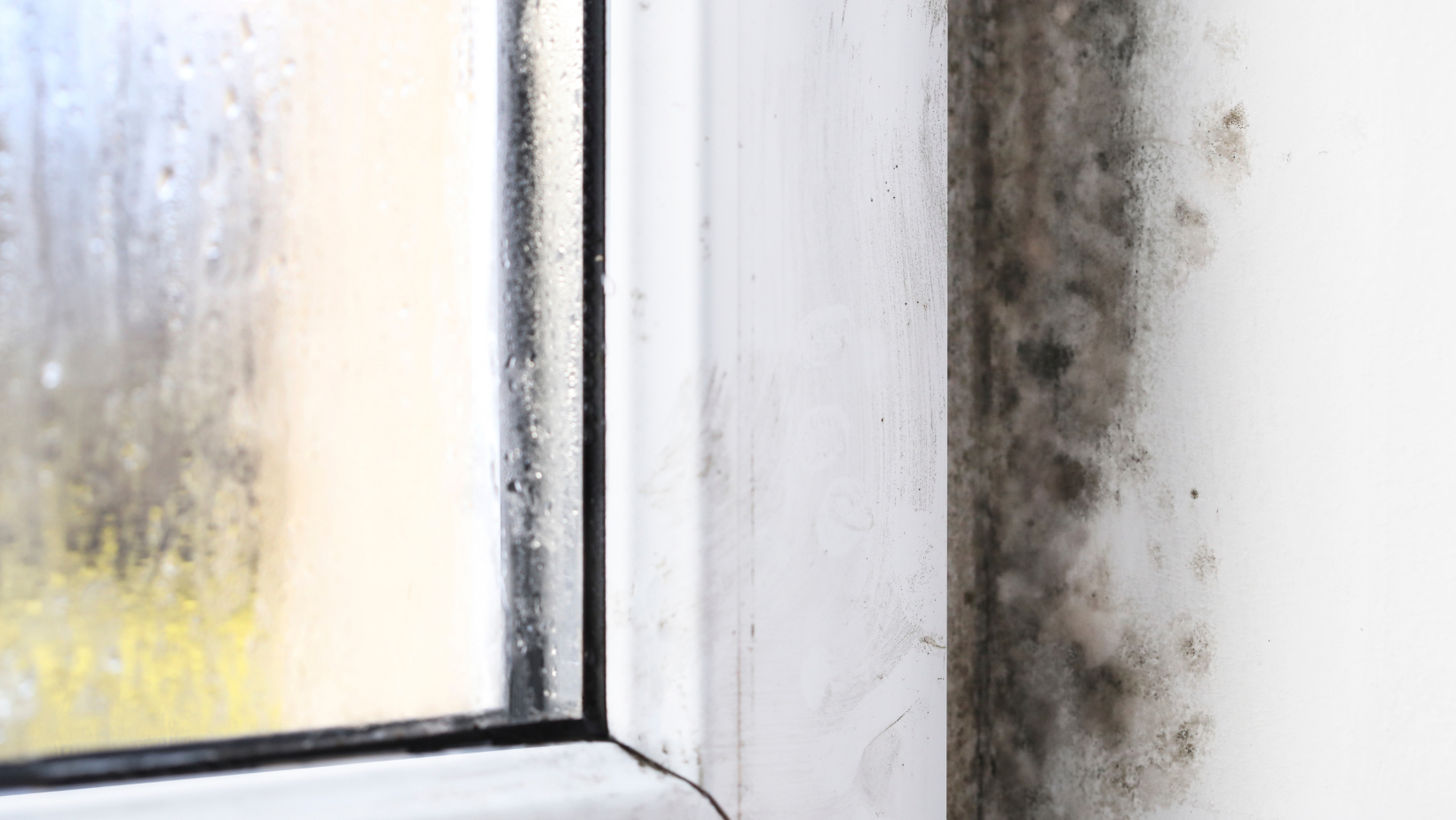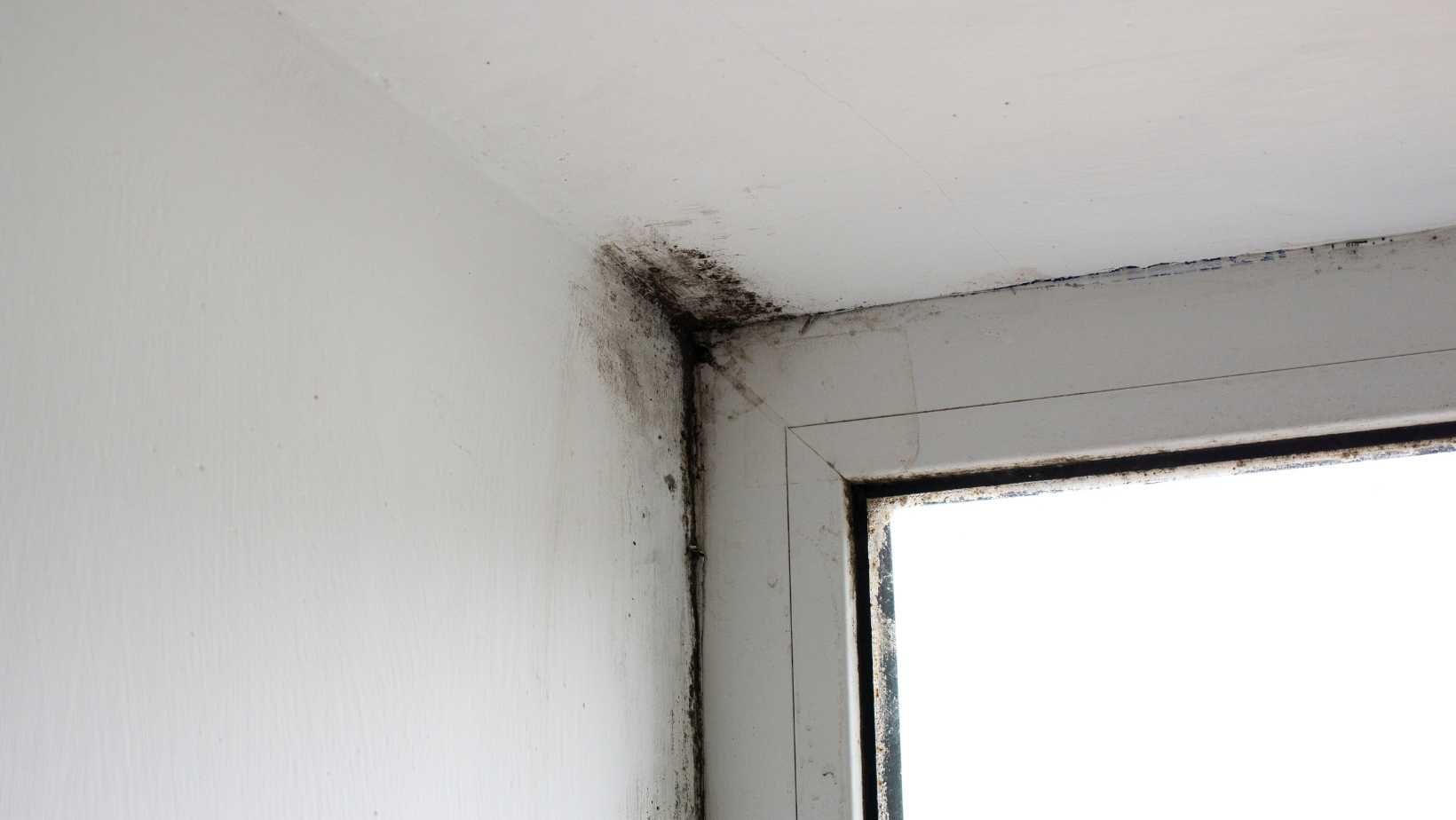How to Tell the Difference Between Mold and Mildew

Mold and mildew are common issues found in many Abbeville, LA homes. The two are often confused as it's hard to tell the difference. They appear similar. However, with the help of a trained professional, it's easy to tell the difference. We provide the best mold inspection Abbeville, LA has. Our team can determine the growth, remove the material, and prevent future growth.
What are the common differences between mold and mildew?
· Texture - We never advise touching mold or mildew with your bare hands, as it can be hazardous. However, you can often tell the difference by sight if you know what to look for. Mildew is often powdery or feathery, while mold will appear fuzzy or slimy.
· Location - Mold and mildew will often grow in different locations. Mold will often grow underneath a damp surface, while mildew grows on top of the wet surface. Mold will also grow more extensively as it can penetrate its host material. Mildew causes less damage than mold.
· Color - The colors of mold and mildew will vary. Mildew is often gray, yellow, or white, while mold is darker in color. Typical mold colors are green, black, or brown.
· Removal - One of the most distinct differences between mold and mildew is the ease of removal. With a mildew cleaner, it's usually easy to remove mildew. Mold is much more difficult to remove and often requires professional assistance.
If it's determined that you have a mold problem, it should be removed as soon as possible. Reach out to us for the best mold removal Abbeville, LA offers.
You might also like
DryMax Mold Blogs




